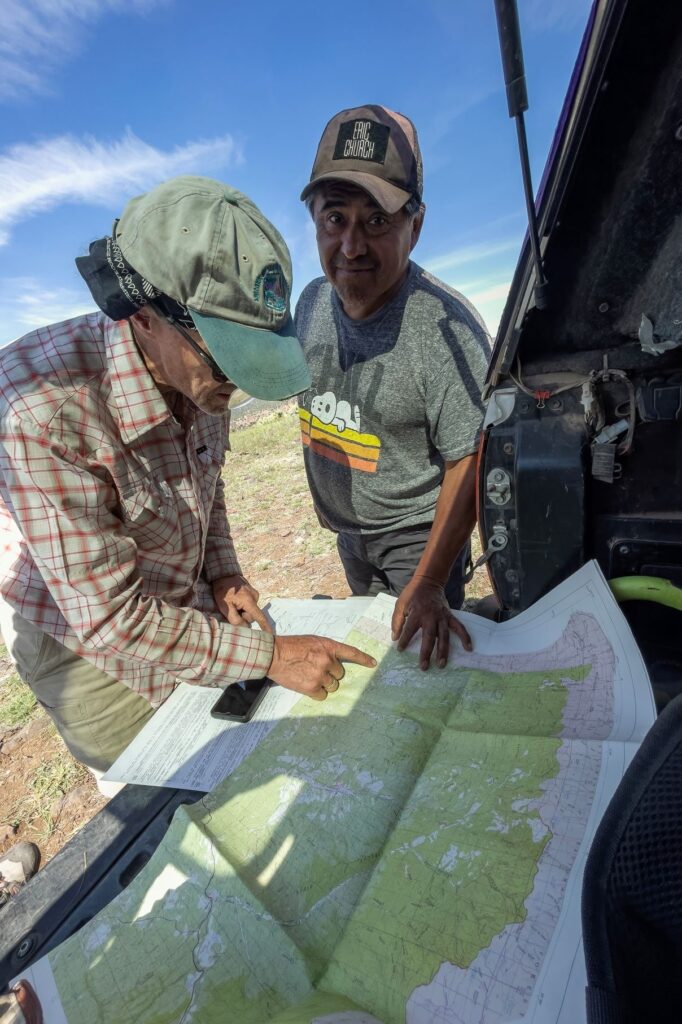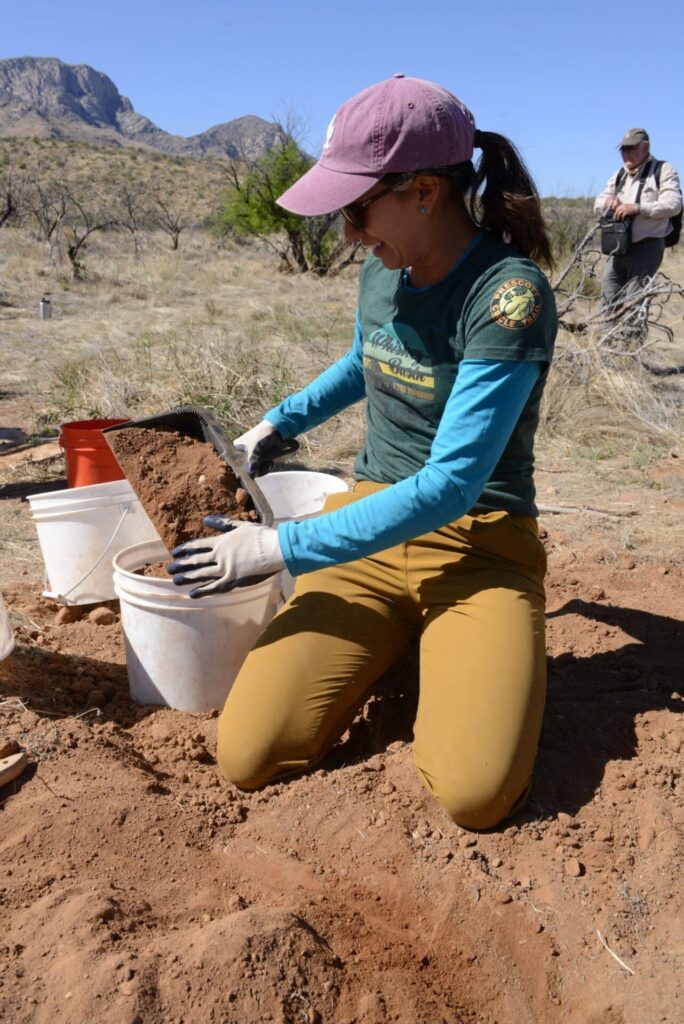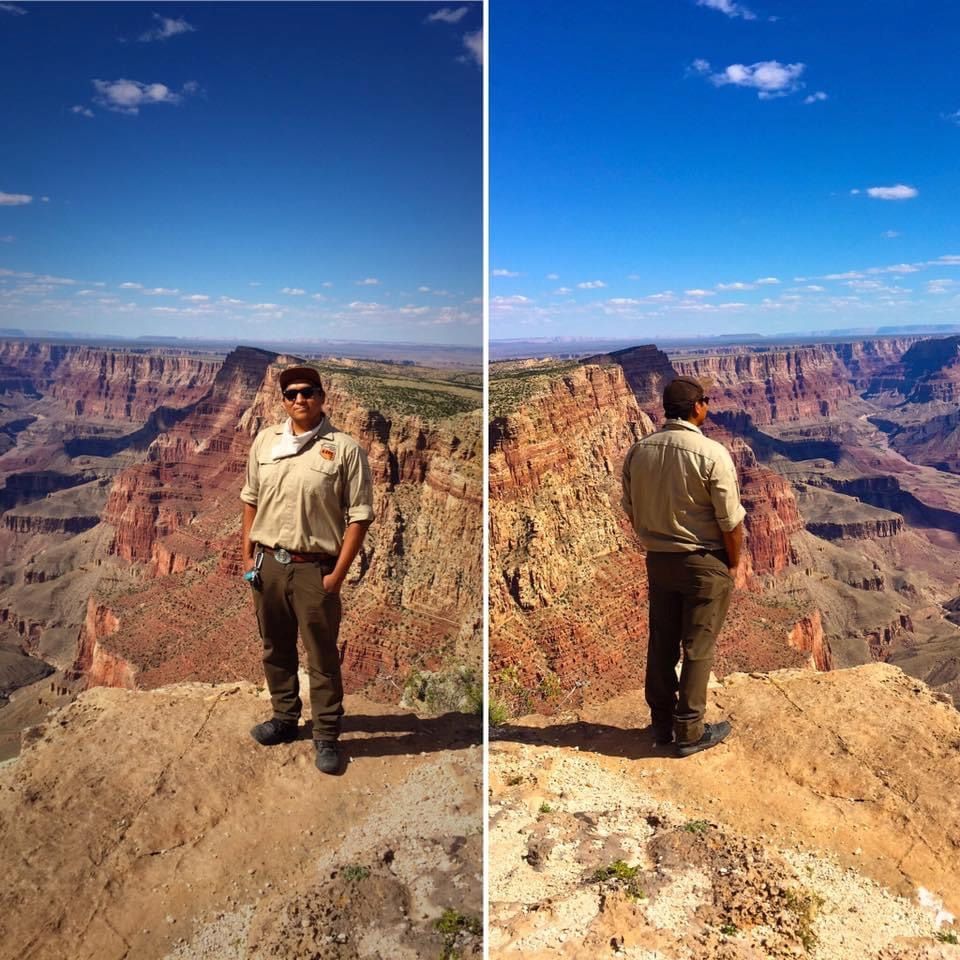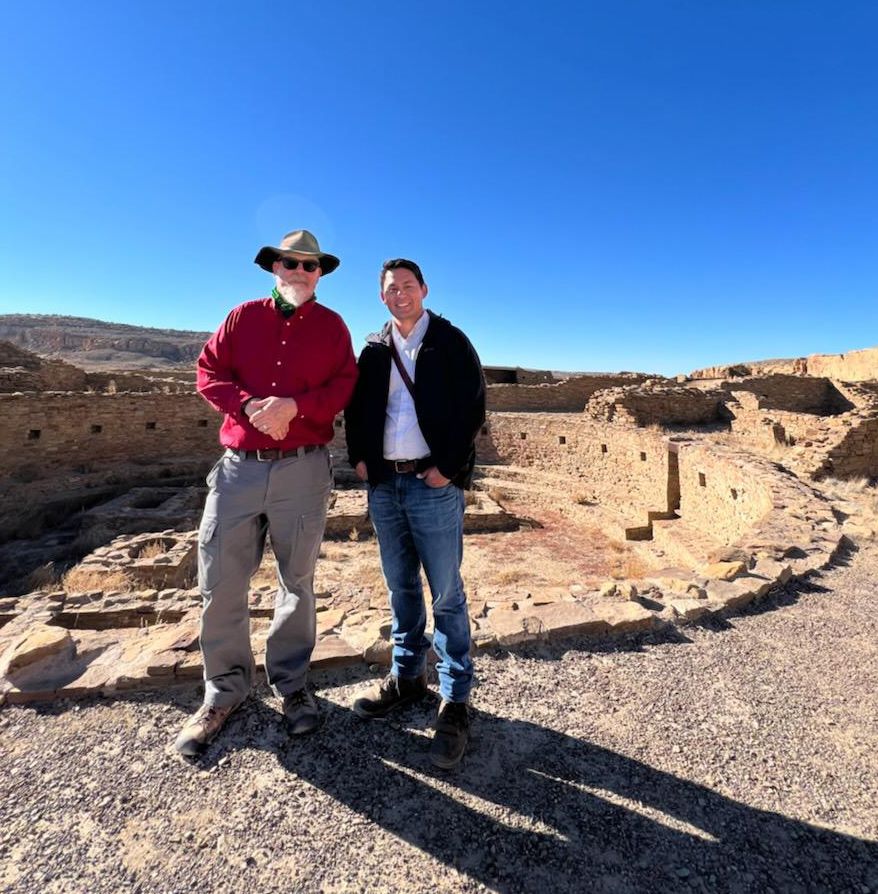- Home
- >
- Preservation Archaeology Blog
- >
- What If TCM? A Multivocal Introduction

(February 6, 2024)—This is the third in a new series of posts that will consider the future of Preservation Archaeology. Each post will introduce a Preservation Archaeology Position Paper. Today we’re debuting “Tribal Co-Management: What Works Where and How.” We welcome and encourage feedback and sharing; email John or Skylar.
John R. Welch, Director, Landscape & Site Preservation Program
The Archaeology Southwest position paper introduced here addresses questions about TCM, Tribal Co-Management—What is it? Where has it been and should it be employed? How can it be improved? These questions are timely because TCM, Tribal co-stewardship, and their cognates are receiving political, academic, and practical attention across North America and around the world. These questions are important, my co-authors and I argue, because of the need for different and better ways to take care of land and water so that they can meet the expanding and seemingly bottomless demands of almost 8 billion people.

What if TCM—defined here and in our position paper as “principled collaborations among holders of rights and responsibilities to reach and implement decisions affecting matters important to Tribes”—is one way forward? What if serious attention is directed to the possibility that Western property law is not the only, much less the sturdiest foundation for land and resource management? What would happen if arrangements in which the rights of individual landowners to extract all life from land and to commodify and degrade lands beyond recovery received fair comparisons to arrangements in which communal and collective interests took precedence? What would happen if Western science and its astonishing advancements in detecting universal principles and forces were to join forces with Indigenous science and its no-less-astonishing accomplishments in building and sustaining place- and region-focused relationships among humans, lands, waters, and other-than-humans?
TCM is poised to address such questions. TCM is premised on the good news that there’s more than one way to be and learn and thrive on and with Earth. TCM is possible because many Indigenous Peoples are, when asked respectfully, willing and able to share time-honored approaches to and practices for working with soils, waters, plants, and animals to restore and regenerate eco-cultural vitalities. TCM is, at least to some extent, resuming on U.S. public lands, places removed from Indigenous control over the course of recent centuries. Unencumbered by individual ownership rights, recognized as part of Tribal Nation Territories, and often richly endowed with Holy places, names, stories, ancestral homes, and resting places, public lands are ideal proving grounds for TCM. Even though many of these lands and waters are degraded, most or all retain the promise of reclamation and the potential for regenerating mutualistic relationships with human communities.
One of the great things about working at the interface of science, which seeks to understand the world, and advocacy, which seeks to make the world a better place is having colleagues who align their work lives with broader personal commitments to human rights and environmental stewardship. Guided by our Model for Tribal Collaboration, work at Archaeology Southwest is rapidly shifting toward the use of archaeological understandings of the world, including uniquely detailed knowledge of Indigenous ecosystems, to preserve and improve places at multiple spatial scales. “What if” sorts of questions, once the domain of science fiction writers, are ripe for the asking in an era of reckoning for past indiscretions, both environmental and social. “What if TCM?” is a fair, compelling, and potentially game-changing question.
Ashleigh Thompson, Red Lake Ojibwe, Director, Tribal Collaboration in Research & Education
I recently watched the webinar Indigenous Leaders on the Forefront of Co-Management and Co-Stewardship in which Pat Gonzales-Rogers said, “Tribes are proven stewards to these lands.” Indigenous people have a track record of cultivating healthy ecosystems within their territories. Western science, land managers, and decision-makers are finally recognizing this fact. During a time when climate change is threatening the health of the earth and every living being on it, I am hopeful Land Back and TCM can help heal our collective home.

Skylar Begay, Diné, Mandan and Hidatsa, Director, Tribal Collaboration in Outreach & Advocacy
Growing up in Flagstaff, Arizona, my family and I would often make trips back and forth across the Navajo Nation, and Chinle was always a stop for a snack or some stretching on our way to visit family. Folks may be aware that Canyon de Chelly National Monument is there in Chinle. Occasionally, we would stop at the various viewpoints along the highway and enjoy the views the canyon has to offer. Later, in college, I took a course revolving around energy production and its ties to water. We took a field trip as a class to the now-closed Navajo Generating Station and to Black Mesa where the coal for the station was extracted.

On the way, we made a stop at Navajo National Monument and took some time to walk and enjoy the crisp air. Both monuments are located within the Navajo Nation. Canyon de Chelly is managed by the National Park Service and the Navajo Nation. This is important, because Navajo families still live and farm in the canyon presently. I provide these experiences to relate that the co-management of public lands is nothing new, and that both monuments have benefitted from input not only from the Navajo Nation, but the other Tribes who have heritage in these places, as well.
When I began to learn more about other national monuments, national parks, wilderness areas, national conservation areas, and public lands in general, I was surprised to find out that the great majority of them are not co-managed by an “interested Indian Tribe,” as the feds put it. Then I began to learn more about the dark history of early conservation efforts that resulted in the displacement of Indigenous Peoples from their homelands in order to make them “protected lands.” Many folks will be surprised to hear that the first National Park Rangers were soldiers who had been stationed at forts built on land that would later become the first national parks.
This type of conservation is referred to today as “fortress conservation,” where people who had lived on the land for millennia were removed. Many of these parks and monuments have wilderness areas within them. If you read the Wilderness Act of 1964, you’ll see wilderness defined as land “untrammeled by man, where man himself is a visitor who does not remain.” Indigenous Peoples know wilderness areas are not “untrammeled by man,” but instead places where our ancestors lived, hunted, farmed, conducted ceremony, or connected with the land in other ways.
In 2022, I got the opportunity to attend the Bears Ears Indigenous Gathering with Ashleigh, and we listened to the Elders who had been advocating for its protection as a national monument for decades. We learned how the five Tribes in the Bears Ears Inter-Tribal Coalition came together to protect the sacred lands within the monument. It was truly beautiful to see all those present at the gathering re-connecting with their ancestral homelands—and even better to know that the management of the monument would ensure this would be the case into perpetuity. TCM is not new, nor is it as prevalent as it should be. It is my hope that one day the majority of public lands under various protected statuses are co-managed by those who have called that land home since time immemorial.
Beyond co-management, I hope some of these lands are returned to today’s sovereign Tribal Nations around the country, but until that day, co-management is worth pursuing and advocating for. To put it very simply, it is the right thing to do.
Paul Reed, New Mexico Program Director & Preservation Archaeologist
As Archaeology Southwest’s mission and focus have evolved over the last decade, I’ve been honored to work with many Native American Tribes, organizations, and individuals on a variety of projects promoting cultural and natural resource protection in New Mexico. It has been exciting work to partner with Indigenous groups as they protect their own heritage resources, on Tribal lands and across public lands. My interest in TCM flows from this work over a decade. For me, it is appropriate, logical—and way overdue—for America’s Indigenous Nations to take the lead in land, water, and resource management. In my archaeological career of nearly 40 years, being able to be part of this movement, to actively assist in making TCM a reality in New Mexico and across the West, has brought me great joy as a person and fulfillment in my position with Archaeology Southwest.
